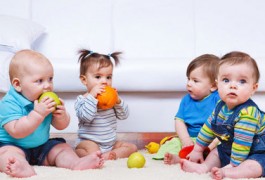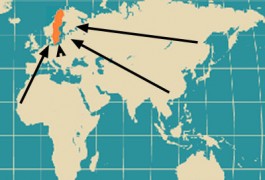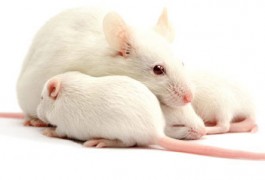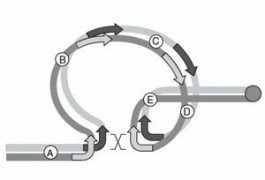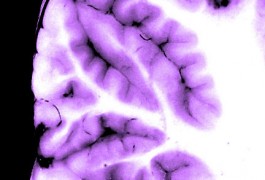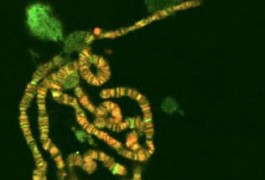Clinical research: Gut bacteria prevalent in autism
A certain type of bacteria is prevalent in the intestines of children who have both autism and gastrointestinal (GI) symptoms but absent in controls, according to a study published 10 January in mBio.









